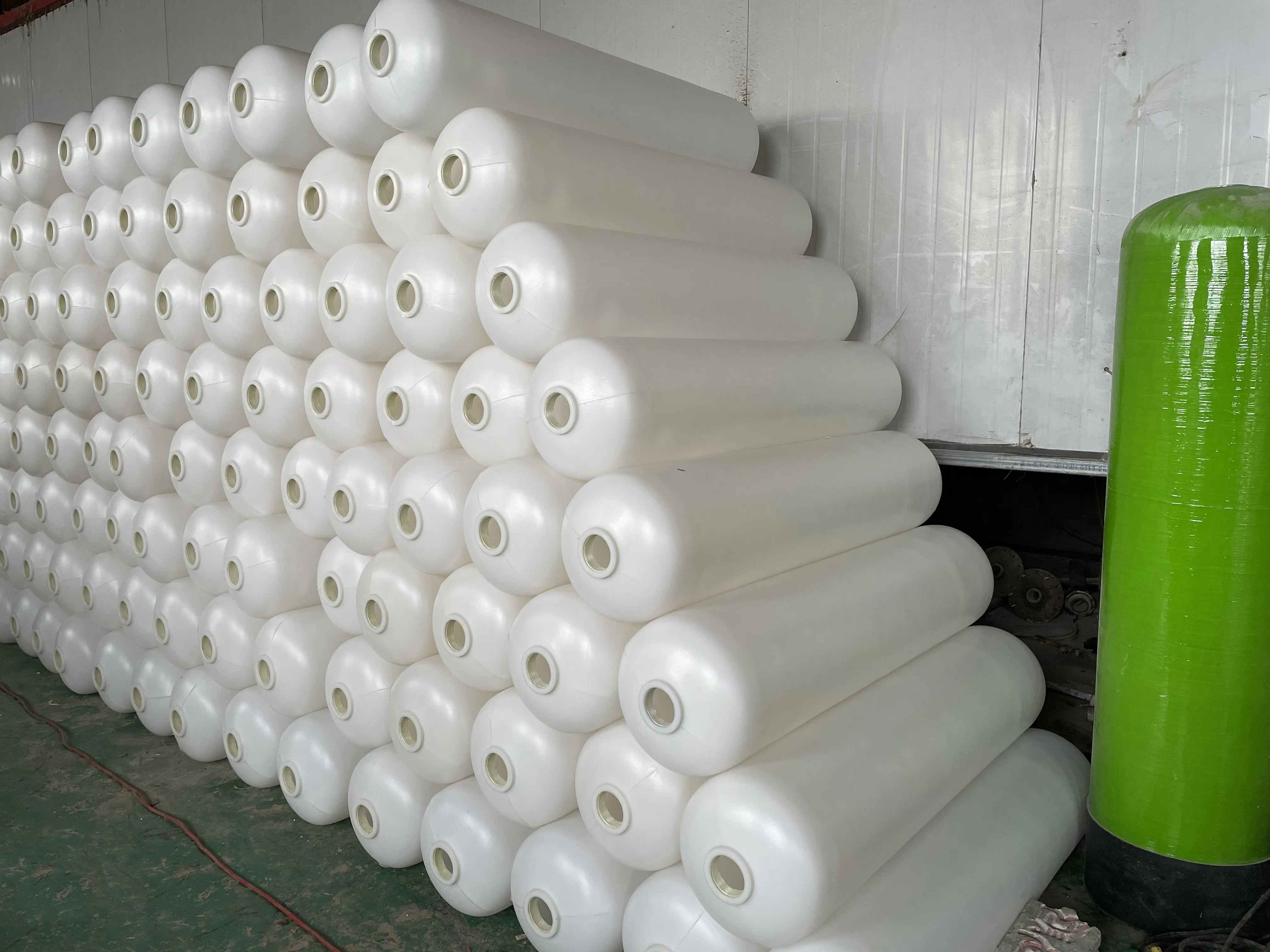loading...
- No. 9, Xingyuan South Street, Dongwaihuan Road, Zaoqiang County, Hengshui, Hebei, China
- admin@zjcomposites.com
- +86 15097380338
- Welcome to visit our website!
Comparative Analysis of GRP Grating Pricing Trends and Market Insights
Understanding GRP Grating Prices A Comprehensive Overview
Glass Reinforced Plastic (GRP) grating has become a popular choice across various industries due to its robust characteristics, lightweight nature, and resistance to corrosive environments. From water treatment facilities to chemical processing plants, the demand for GRP grating has significantly increased over the years. However, one of the critical factors for potential buyers and project managers is understanding the pricing structure associated with GRP grating. This article aims to provide a comprehensive overview of GRP grating prices and the factors that influence them.
What is GRP Grating?
GRP grating is a type of flooring made from a composite material comprised of fiberglass reinforced plastic. It is known for its outstanding strength-to-weight ratio, slip resistance, and durability, making it suitable for various applications in harsh environments. Unlike traditional grating materials such as steel or aluminum, GRP offers superior corrosion resistance, making it ideal for use in marine, chemical, and wastewater scenarios.
Factors Influencing GRP Grating Prices
1. Material Quality The quality of the raw materials used in the manufacturing of GRP grating significantly affects its price. High-quality resins and fiberglass provide better durability and longevity, which can increase initial costs but provide savings over time due to reduced maintenance and replacement needs.
2. Manufacturing Process Different manufacturing processes can impact the cost of GRP grating. Some manufacturers may employ advanced techniques that ensure higher quality and more precise components, while others may offer more cost-effective production methods that could compromise quality.
3. Type of Grating There are various types of GRP grating available, including molded and pultruded options. Molded grating tends to be less expensive but may not offer the same load-bearing capabilities as pultruded grating, which is typically more costly due to its enhanced strength properties.
4. Customization Custom-designed GRP grating to suit specific project requirements can significantly influence the price. Custom colors, sizes, and patterns can add to the overall cost, but they may be necessary to meet site specificities or aesthetic preferences.
grp grating prices

5. Size and Thickness The dimensions of the grating are also crucial in determining the price. Larger panels or those with increased thickness may cost more due to additional material and manufacturing complexities involved.
6. Quantity and Bulk Orders Purchasing GRP grating in bulk can often lead to discounts. Larger orders can reduce shipping and handling costs per unit, which can be a budget-friendly option for large-scale projects.
7. Market Demand Economic conditions and market demand play a crucial role in influencing prices. During periods of high demand, prices may increase, while during slow periods, manufacturers might offer discounts or special promotions to stimulate sales.
8. Brand and Manufacturer Reputation Established brands known for high-quality products and reliable service may charge a premium for their GRP grating compared to lesser-known manufacturers. However, investing in a reputable brand can often provide peace of mind regarding product quality and customer support.
Typical Pricing Ranges
On average, the prices for GRP grating can vary widely based on the factors discussed, typically ranging from $20 to $100 per square meter. Basic molded GRP grating may start at the lower end, while high-performance pultruded grating can reach the upper price thresholds, especially when customized.
Conclusion
Ultimately, understanding GRP grating prices involves considering multiple factors that can influence costs. While it might be tempting to go for the cheapest option available, it is crucial to assess the long-term benefits and durability of the materials. Properly evaluating the specific needs of a project, including load-bearing requirements, environmental conditions, and budget constraints, will aid in making an informed decision. By taking the time to research and understand these pricing aspects, buyers can ensure they choose the most appropriate and cost-effective GRP grating solution for their needs. Whether for industrial applications or aesthetic enhancements, investing in quality GRP grating can lead to significant benefits in the long run.
-
The Rise of FRP Profiles: Strong, Lightweight, and Built to LastNewsJul.14,2025
-
SMC Panel Tanks: A Modern Water Storage Solution for All EnvironmentsNewsJul.14,2025
-
GRP Grating: A Modern Solution for Safe and Durable Access SystemsNewsJul.14,2025
-
Galvanized Steel Water Tanks: Durable, Reliable, and Ready for UseNewsJul.14,2025
-
FRP Mini Mesh Grating: The Safer, Smarter Flooring SolutionNewsJul.14,2025
-
Exploring FRP Vessels: Durable Solutions for Modern Fluid HandlingNewsJul.14,2025
-
GRP Structures: The Future of Lightweight, High-Performance EngineeringNewsJun.20,2025
